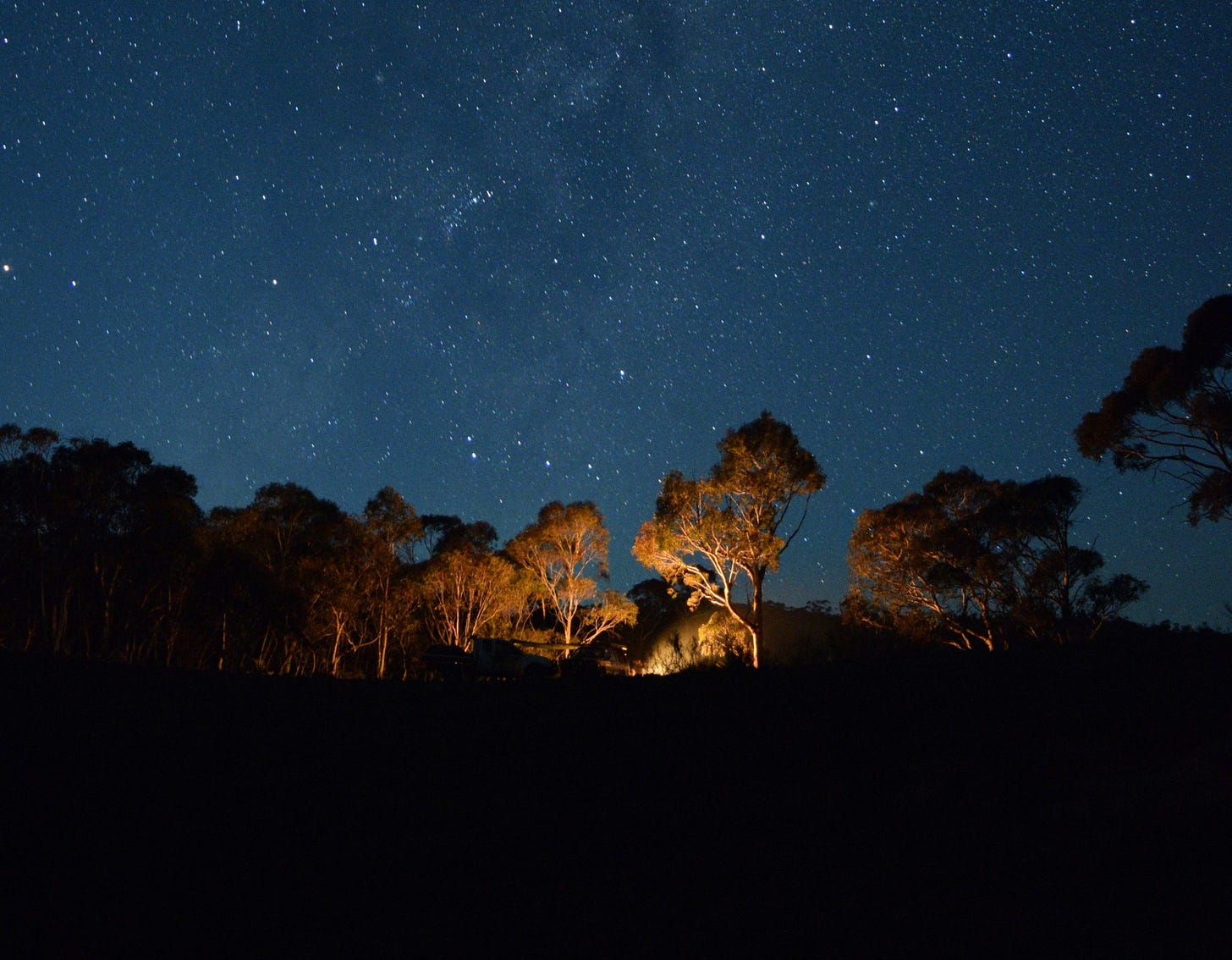The Mirror of Indigenous Media
A reflection on the fracture between narrative control and cultural continuance.

There is a clear fracture in Indigenous representation, a wound that keeps reopening with each misstep of the global press. As Sara Moraca and Paola De Nuntiis explore in The Journal of Global Indigeneity, the problem isn’t just absence, but also distortion. Through interviews with Indigenous journalists from Canada to Nepal, the authors uncover a pattern of “helicopter reporting” — fly-in, fly-out coverage that skims the surface of deep worlds. These journalists describe a media ecosystem that mistakes proximity for understanding, one that parachutes into ancestral lands without ever landing in a relationship.
Indigenous communities span the planet from the Sápmi reindeer herders of Norway to the Quechua of the Andes to the Ojibwe in the Great Lakes, with each carrying distinct languages, cosmologies, and ties to land. Yet mainstream coverage continues to flatten them into symbols: the mystic, the victim, the drunk, the noble savage. Moraca and De Nuntiis track this narrative abuse across borders, showing how global journalism still treats Indigenous knowledge as “mystical” rather than methodological, as if Western empiricism were the only legitimate language of truth.
But Indigenous journalism, as they frame it, is not a mere counterpunch, but a form of epistemic survival. It protects, revitalizes, and creates alternative public spaces; it reclaims language, community, and imagination. At its core lies an ethics of process: journalism not as product, but as a relationship built on consent, reciprocity, and respect for what cannot be translated or photographed without permission.
The consequences of erasure are not theoretical. Former senator Rick Santorum once claimed that “we birthed the nation from nothing… There isn’t much Native American culture in American culture.” That statement, absurd as it sounds, is not an outlier; it is the logical endpoint of centuries of narrative neglect. It’s what happens when “objectivity” becomes a mask for amnesia and when the storytellers never meet the people their stories consume.
Still, even as Indigenous media grows more robust, I wonder how much can change in a world where the audience curates its own cage. I once believed the problem was only structural and that people were trapped in the broadcasts that reached them. But over time, I’ve had to admit that people choose their cages. They choose media that comforts, confirms, and never challenges. The algorithm is just an accomplice to the human desire for familiarity.
If culture were a coding language, then the dominant syntax teaches us not to expand but to replicate. To copy-paste the same caricatures across generations. And yet, people are also shaped by the landscapes they inhabit. The broadcast becomes the bloodstream. Sometimes the cage is all they’ve known.
So here I am again, circling that eternal question: how much grace do we give to those conditioned by the system, and how much responsibility do we demand from those who perpetuate it? There may be no clear answer. But there is this truth: that celebrating Indigenous Peoples’ Day isn’t just about land acknowledgments or ceremonial posts. It’s about confronting the architectures of narrative that have kept entire civilizations out of frame.
Because Indigenous journalism, as Moraca and De Nuntiis remind us, is not only a project of recovery, but one of continuance. Despite centuries of distortion, Indigenous reporters across the world are reclaiming the microphone, rewriting the code, and proving that culture is not static, nor secondary, nor extinct.
If human nature has a stubborn instinct for blindness, then Indigenous journalism is its counterforce, a stubborn light, refusing to go out.
Reference:
Moraca, Sara, and Paola De Nuntiis. “Indigenous Journalists: Perceptions of Mainstream Media Coverage of Indigenous Affairs and Climate Change.” Journal of Global Indigeneity 6, no. 3 (2022): 1–14. https://www.jstor.org/stable/48717713.





